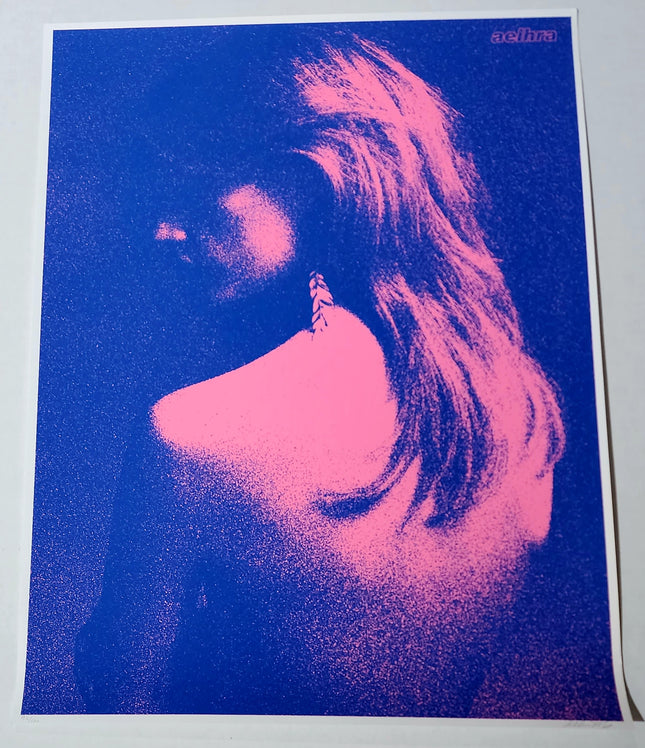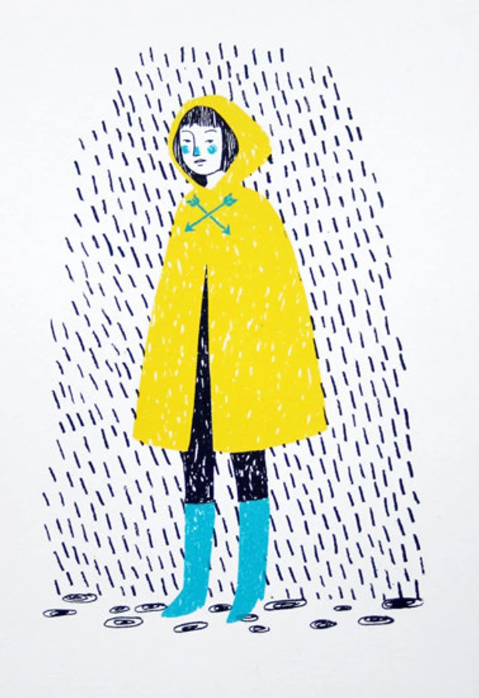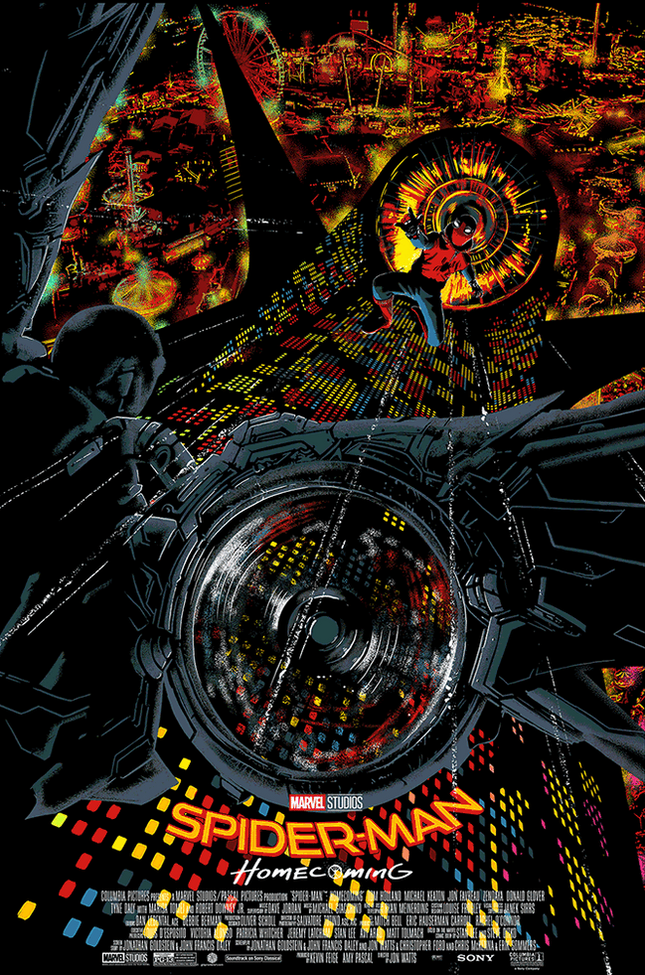The Empresses- H10-1 Wu Zetian Pop Street Artwork Limited Edition Giclee & Giltter Screenprint Print on Aluminum Sheet by Urban Graffiti Modern Artist Damien Hirst.
2022 Signed & Numbered In Verso on Label Limited Edition of 2853 Artwork Size 39.37x39.37 Giclee & Giltter Screenprint Print on Aluminum Sheet
The Butterfly Effect in Street Pop Art: 'The Empresses - H10-1 Wu Zetian'
In the landscape of street pop art, the works of Damien Hirst stand as monumental achievements that merge historical reverence with modern artistic practices. One such work, 'The Empresses - H10-1 Wu Zetian' by Hirst, is a splendid example of how contemporary art can pay homage to historical figures while employing modern techniques and mediums. This limited edition artwork, signed and numbered by Hirst, is a collector's piece and a profound visual narrative that encapsulates the essence of Wu Zetian's rule. At the core of 'Wu Zetian,' a vibrant artwork inspired by the cunning and effective Chinese ruler, lies a unique arrangement of butterfly wings. Wu Zetian (624-705 CE) ascended to power as empress in 655 CE when she married Emperor Gaozong. Her reign witnessed brutal eliminations of political opponents but also stabilized the Tang Dynasty during a critical period. The central element of the piece is a solitary set of butterfly wings encircled by pairs of wings, forming a striking and symmetrical hexagonal pattern. The composition emphasizes the number six, a recurring symbol of good fortune in Chinese culture.
Additionally, the hexagon symbolizes the six directions (North, South, East, West, Heaven, and Earth), signifying completeness, harmony, and balance. These notions reflect Wu Zetian's rule, marked by her intelligence, courage, and firm decision-making. Elaborate red-winged butterfly arrangements fill the canvas's four corners, featuring a seamless interplay between singular and paired wings. This complex composition lends an alluring dynamism to the artwork, creating an impression of perpetual change and imbuing the butterflies with a lifelike sense of movement. 'Nūr Jahān' is another artwork featuring intricate patterns of single or paired butterfly wings rendered in stunning red and black hues. The symmetrical designs radiate from the center, forming mesmerizing, kaleidoscopic patterns. At the composition's heart lies a focal square that encloses the central set of wings, drawing the viewer's eye inward. This refined configuration echoes the architectural mastery of Nūr Jahān and the exquisite mosaic tiles adorning the Agra tomb. A continuous metamorphosis characterizes the arrangement of 'Nūr Jahān.' As viewers observe the artwork and shift their position, they uncover new sequences of extraordinary wing patterns. The large black and red pairs encircling the composition create a distinctive, uneven frame. This imbues the structured composition with energy and vitality, capturing the butterflies in a moment of multidirectional flight.
Symmetry, Significance, and Symbolism
At the heart of 'The Empresses - H10-1 Wu Zetian', viewers are enveloped in a spectacle of symmetry and symbolism. Damien Hirst, an English artist whose work has often sparked dialogue within the art community, crafts a visual representation of Wu Zetian, the only female emperor in Chinese history. The artwork is meticulously constructed with butterfly wings arranged to form a hexagonal pattern, a shape deeply rooted in Chinese symbolism. The hexagon represents the harmonious union of the six directions, embodying Wu Zetian's strategic prowess and the balance she maintained during her reign. The solitary set of wings at the center of the piece may signify Wu Zetian herself, surrounded by the intrigues and courtiers that defined her rule. The intricate patterns of single and paired wings, rendered in striking red hues, resonate with power, passion, and transformation themes. Red, a color of great importance in Chinese culture, symbolizes good fortune and joy, which intricately ties the aesthetic choice to the cultural context of the artwork.
Artistic Techniques and Contemporary Interpretations
Damien Hirst's choice of medium—giclee and glitter screenprint on an aluminum sheet—further enhances the luminosity and texture of the work, allowing the intricate details and reflective qualities to shine. This choice aligns with his fascination with unconventional materials and methods, a hallmark of his approach to art. The aluminum surface lends the piece a contemporary edge, aligning with the ethos of street pop art, where traditional graffiti has evolved into a sophisticated form of artistic expression. The artwork's technique and composition invite an interactive experience. As the viewer's perspective shifts, so does the appearance of the wings, suggesting the fluidity of power and the fleeting nature of life, themes that were all too familiar to Wu Zetian as she navigated the treacherous waters of political intrigue. The work's dynamic nature reflects the constant motion and change inherent in street pop and graffiti artwork, where the context and environment play crucial roles in interpreting the art. In synthesizing the historical narrative of Wu Zetian with the transformative medium of street pop art, Hirst allows for a contemporary reimagining of a figure who shaped history. This piece does not merely represent a figure from the past; it brings her into the present, allowing for reflection and discourse on the nature of power, the role of women in history, and the enduring impact of a legacy left behind centuries ago. Through 'The Empresses - H10-1 Wu Zetian', Hirst contributes to the narrative of street pop art. This genre continues to redefine itself and expand the parameters of what art can communicate and commemorate.
Read more less

















































